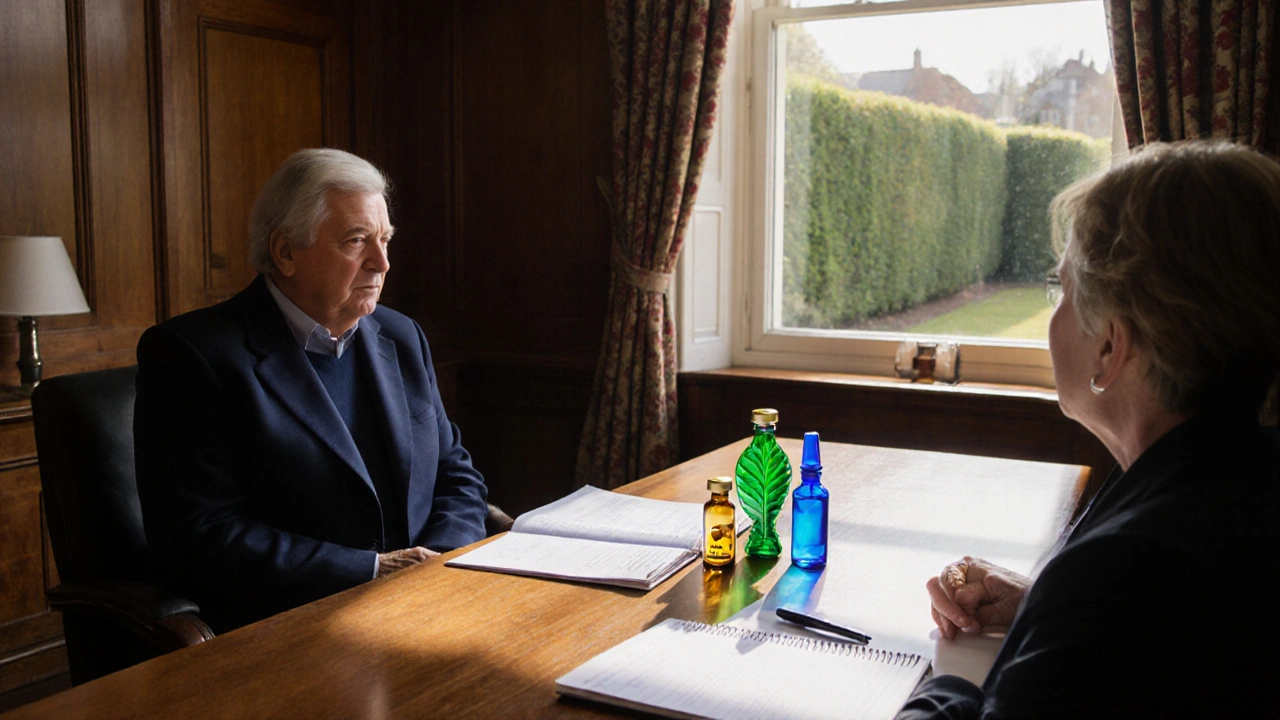Gallstone Treatment: What Works and When to See a Doctor
If you’ve been diagnosed with gallstones, you probably wonder what to do next. The good news is there are several paths you can take, and most people find relief without major surgery. Below we break down the most common approaches, what to expect, and simple steps you can start today.
Understanding Gallstones
Gallstones are solid bits that form in the gallbladder, usually from cholesterol or bilirubin. Small stones may never cause a problem, but larger ones can block the bile duct, leading to pain, nausea, or infection. Symptoms often show up after a fatty meal – a sharp ache in the upper right abdomen that can last minutes to hours.
Doctors confirm gallstones with an ultrasound or a CT scan. Once you have the diagnosis, the next step is deciding how to manage them based on size, symptoms, and overall health.
Medical and Surgical Options
For people with occasional pain and small stones, doctors may suggest watchful waiting. Lifestyle changes – cutting back on saturated fats, eating more fiber, and staying hydrated – can reduce the chance of new stones forming.
If pain becomes frequent or a stone blocks the duct, medication may help. Ursodeoxycholic acid (UDCA) dissolves certain cholesterol stones, but treatment can take months and isn’t effective for every type.
When stones are large, cause repeated attacks, or lead to infection, surgery is usually recommended. Laparoscopic cholecystectomy, the removal of the gallbladder through small incisions, is the standard. It’s minimally invasive, typically done outpatient, and most patients recover within a week.
In rare cases where surgery isn’t an option, doctors might use endoscopic retrograde cholangiopancreatography (ERCP) to extract stones from the bile duct without opening the abdomen.
Regardless of the route you choose, follow your doctor’s instructions closely. Skipping doses of UDCA or ignoring a painful episode can turn a manageable issue into a serious emergency.
Besides medical treatment, some people explore natural remedies. Apple cider vinegar, lemon juice, and certain herbal teas are popular, but there’s limited scientific proof they shrink stones. If you try them, do so alongside approved therapy, not as a replacement.
What you can do right now: keep a food diary, limit fried foods, choose lean proteins, and drink at least eight glasses of water daily. These habits not only help prevent new stones but also support overall digestion.
If you experience fever, jaundice, or severe abdominal pain, call your healthcare provider immediately. Those signs indicate a possible blockage or infection that needs urgent care.
In summary, gallstone treatment ranges from lifestyle tweaks and medication to minimally invasive surgery. The best plan depends on stone size, symptom frequency, and your health profile. Talk openly with your doctor, ask about the pros and cons of each option, and start making small dietary changes today – they can make a big difference in your comfort and long‑term health.
Actigall (Ursodiol) vs. Alternatives: A Practical Comparison
A detailed side‑by‑side comparison of Actigall (Ursodiol) with chenodiol, obeticholic acid, surgery and watchful waiting, covering effectiveness, side effects, costs and how to pick the right option.
